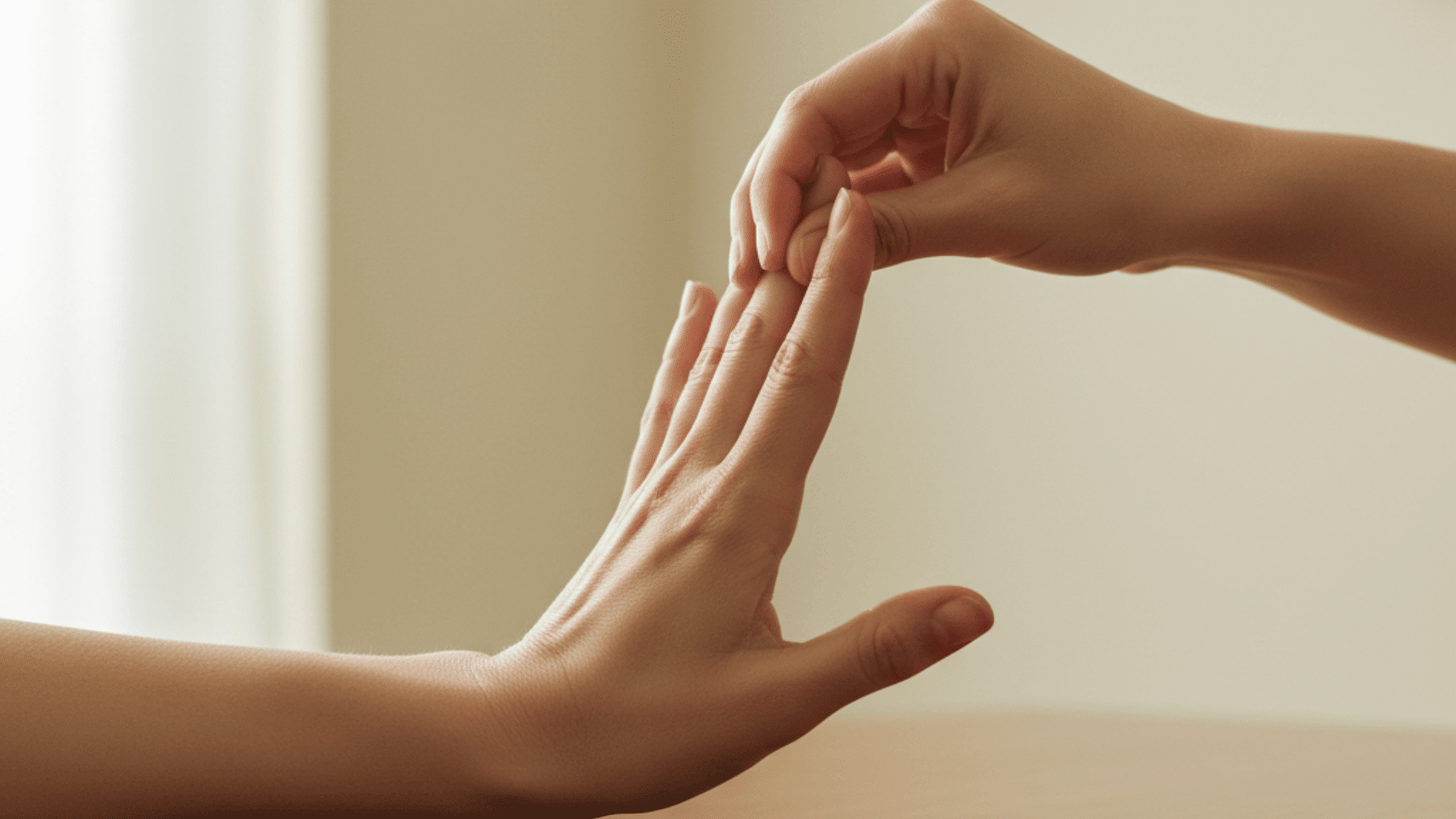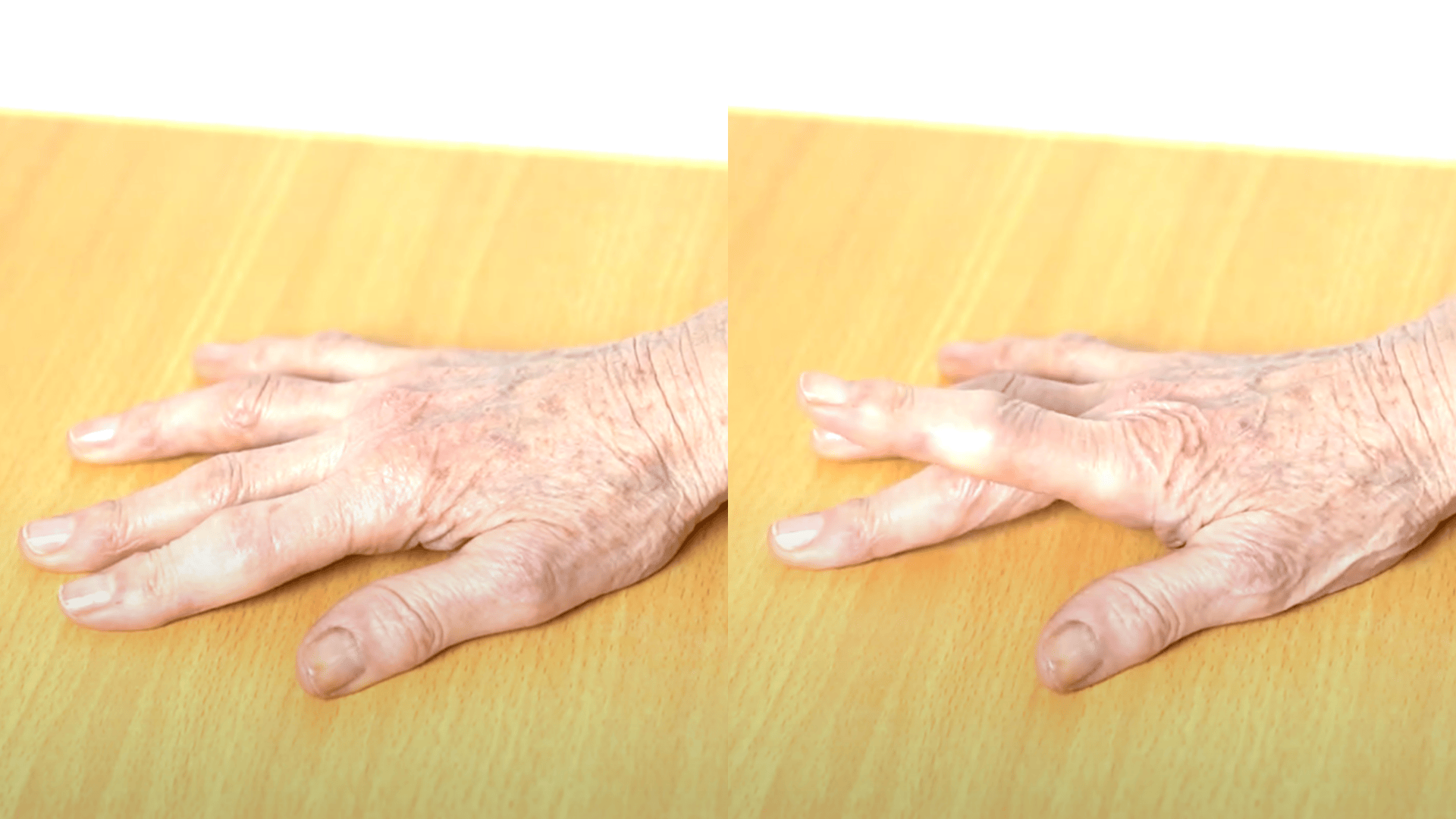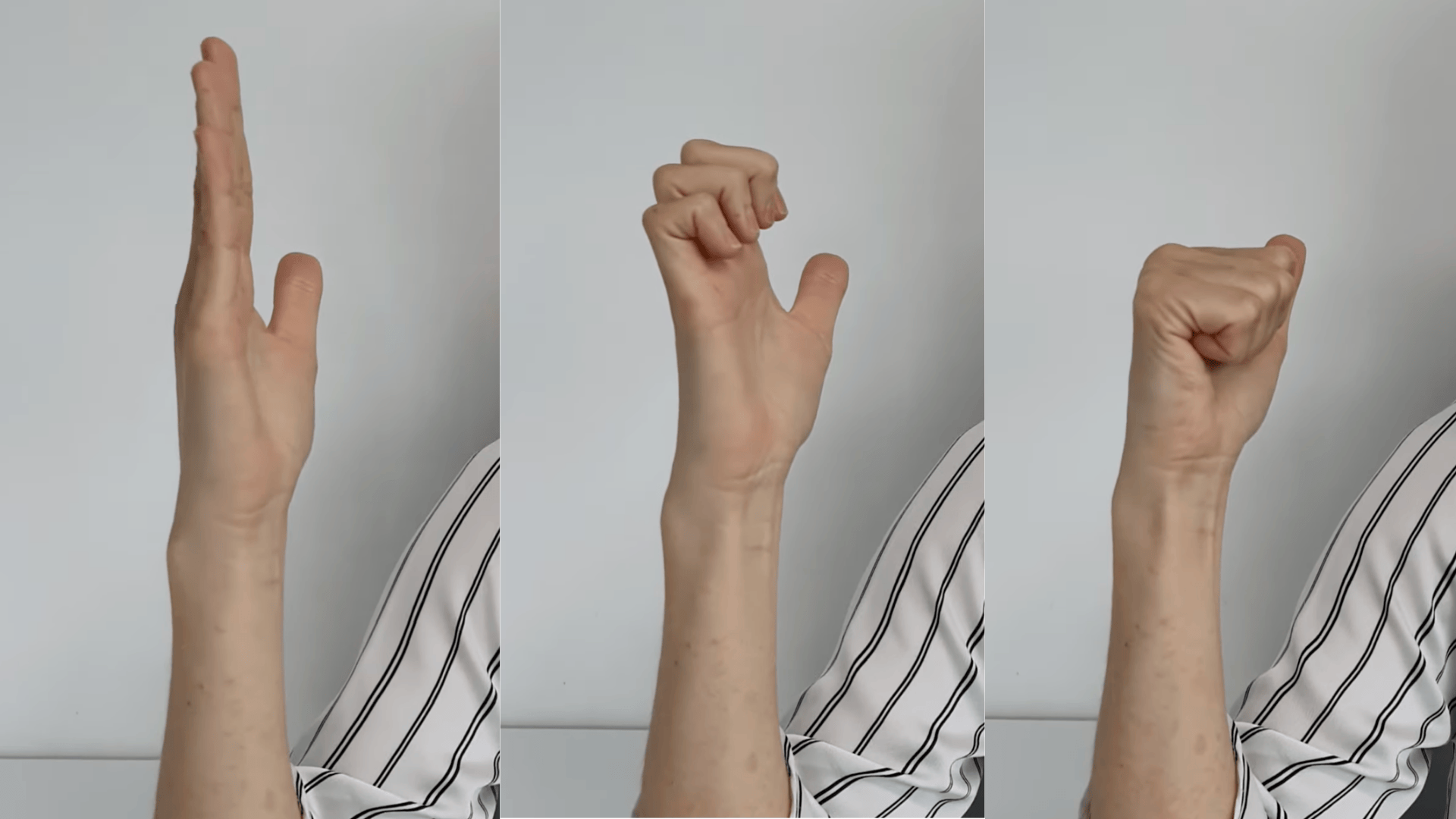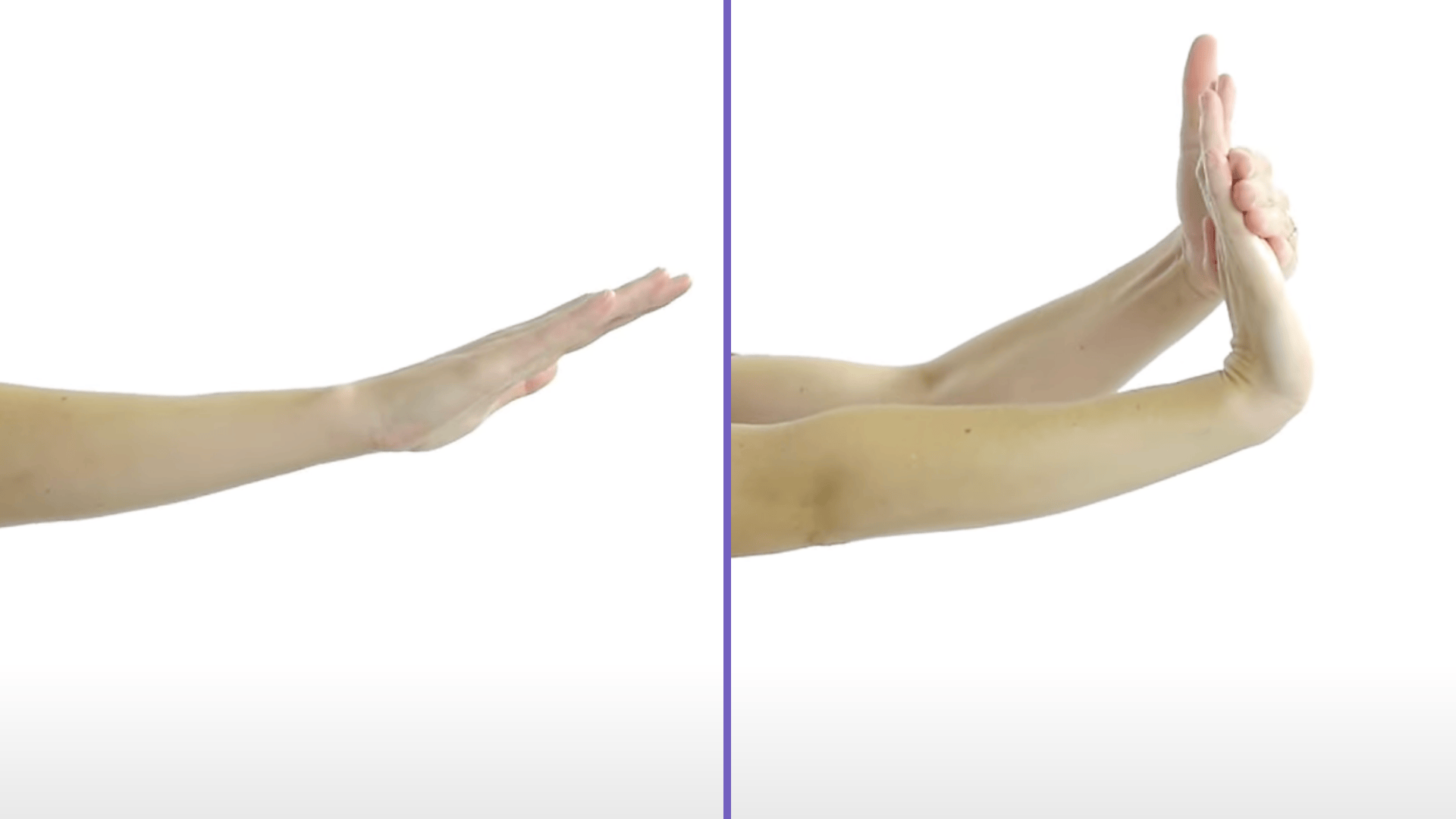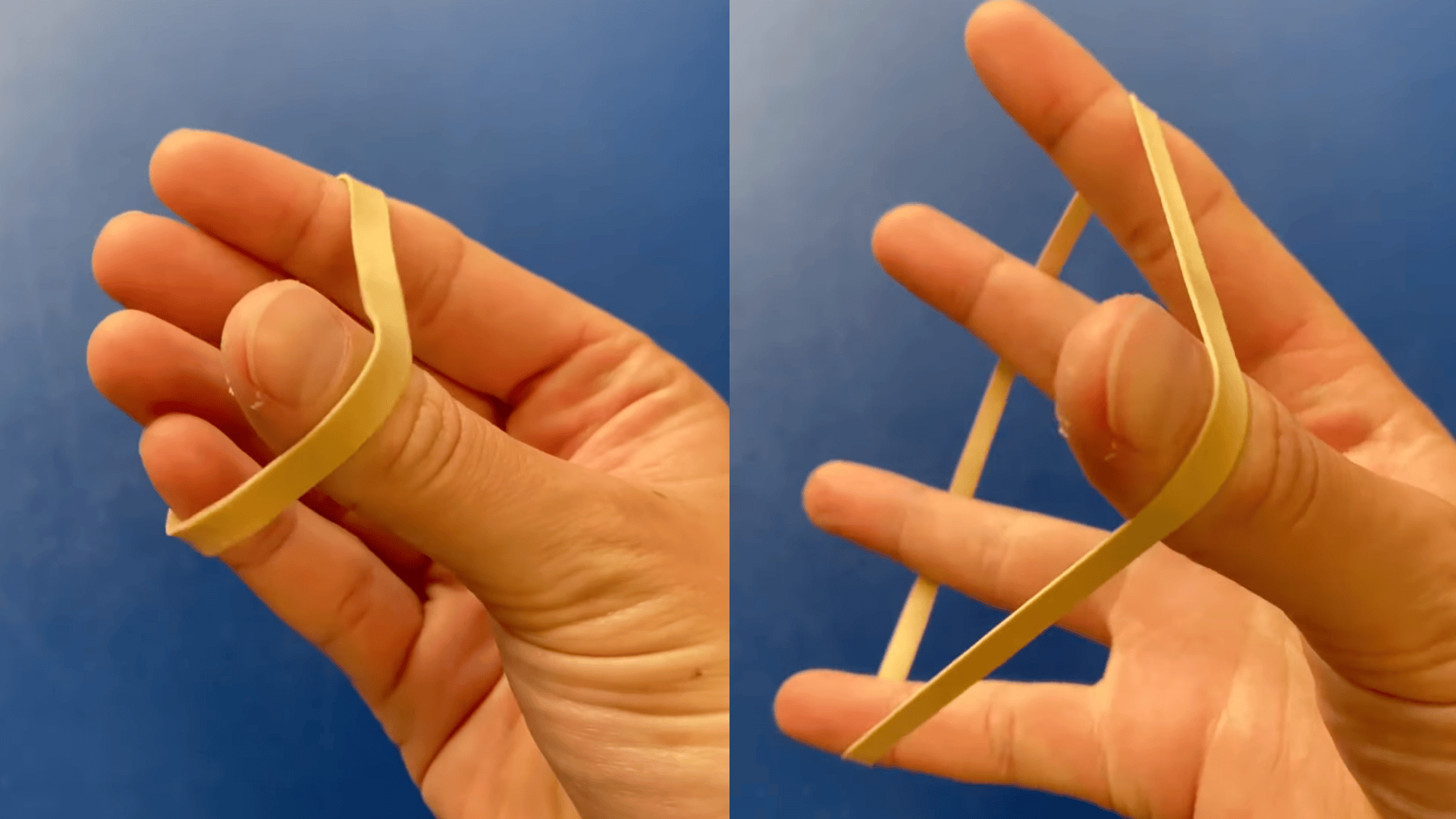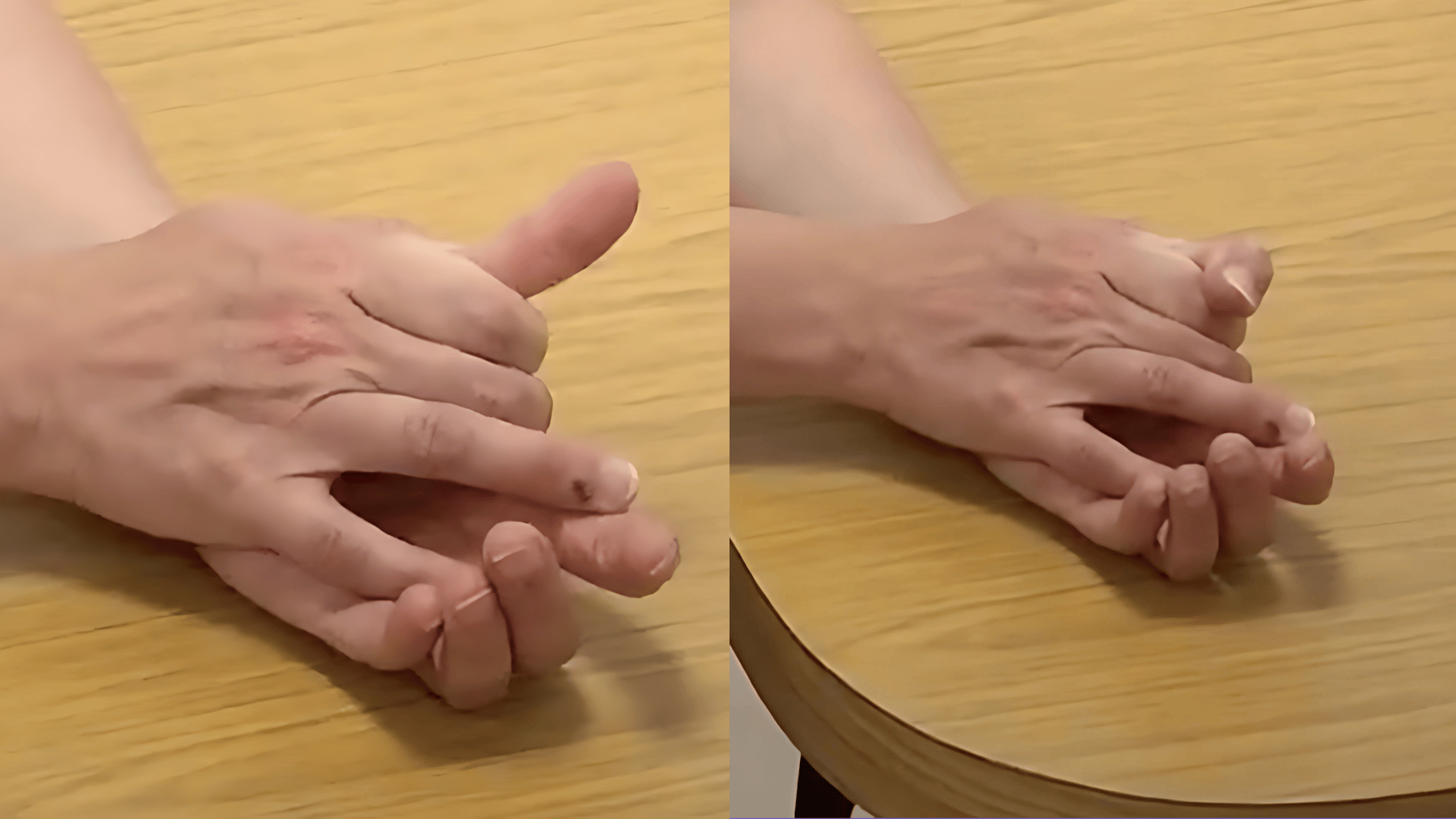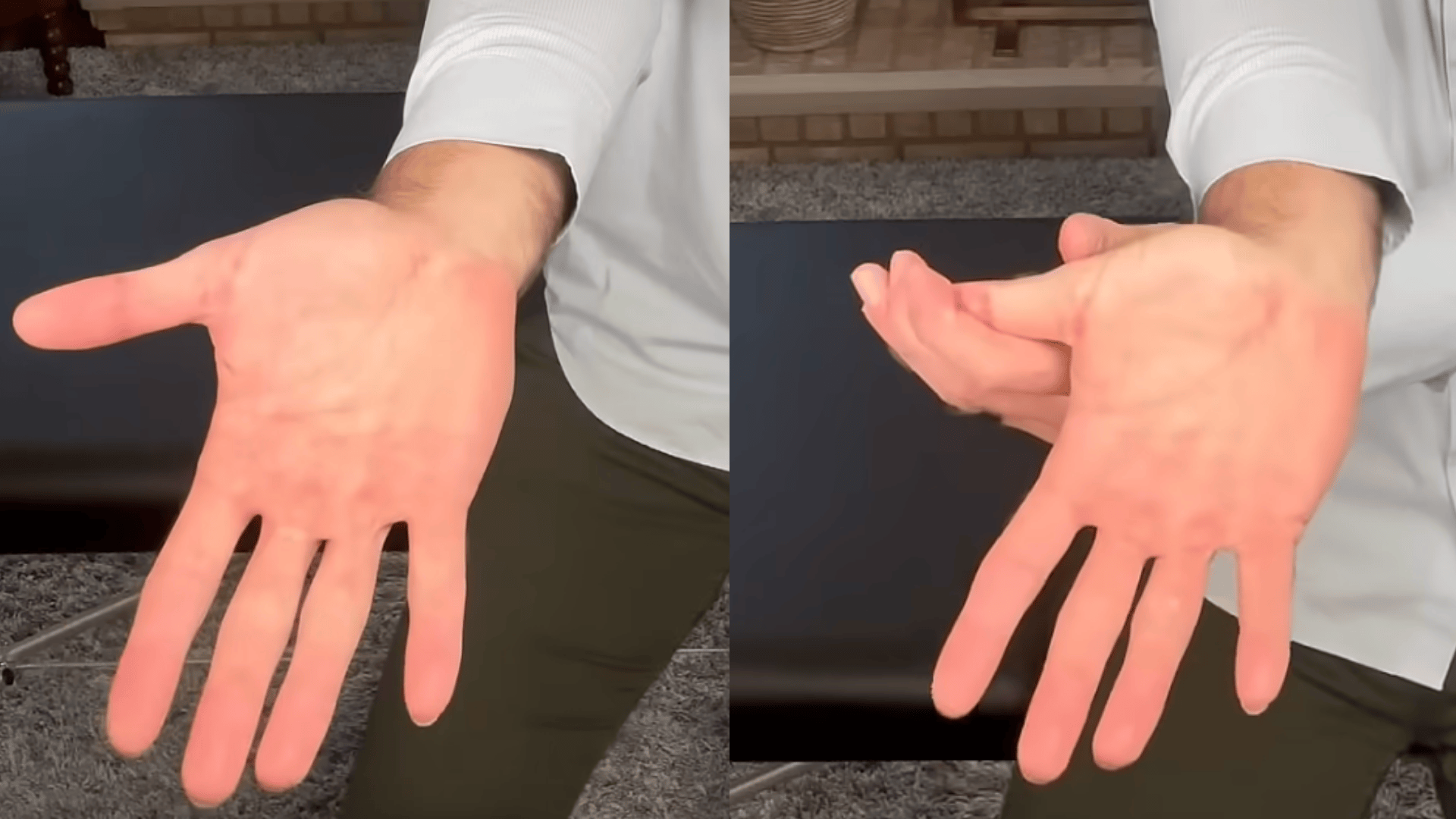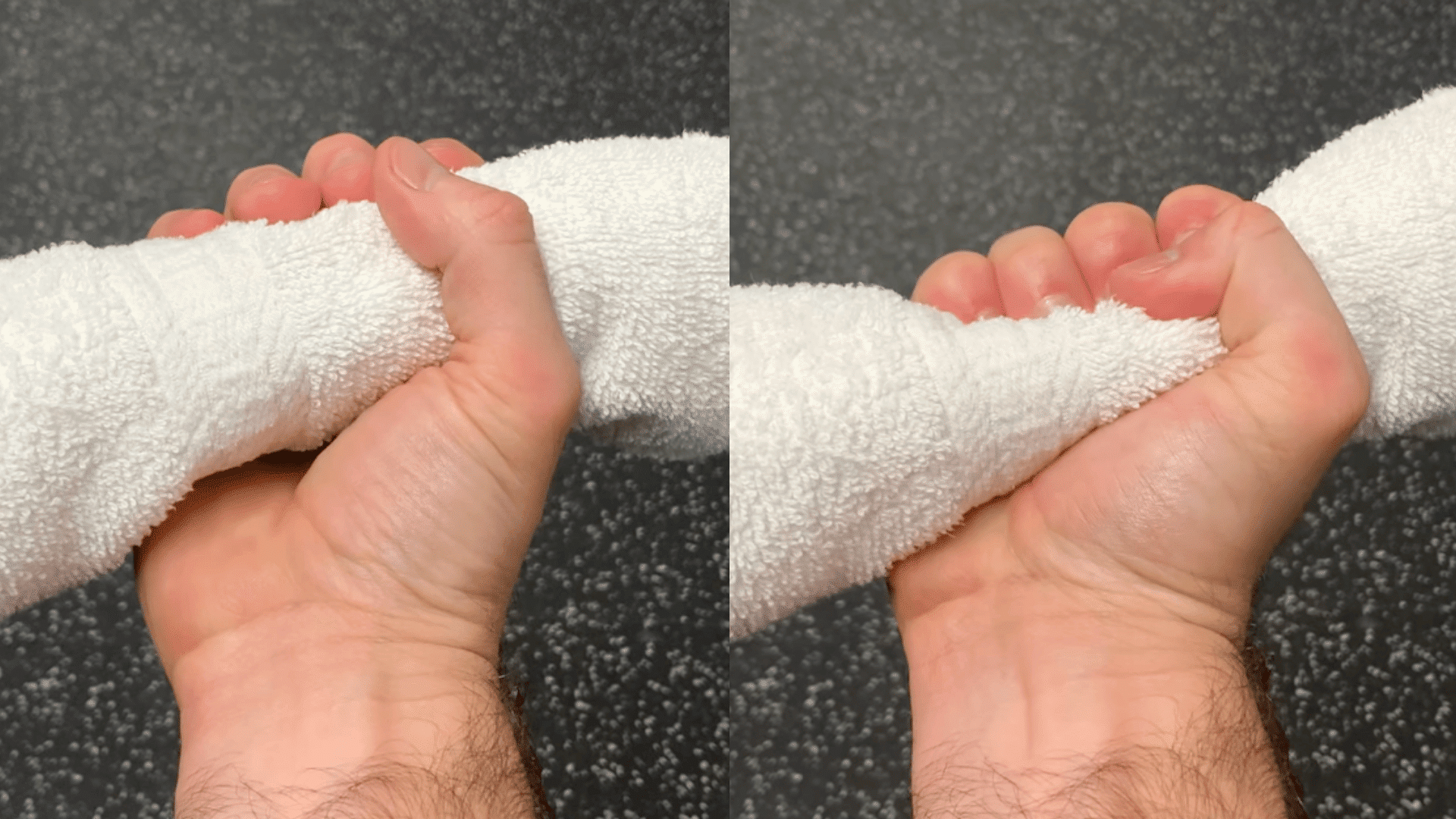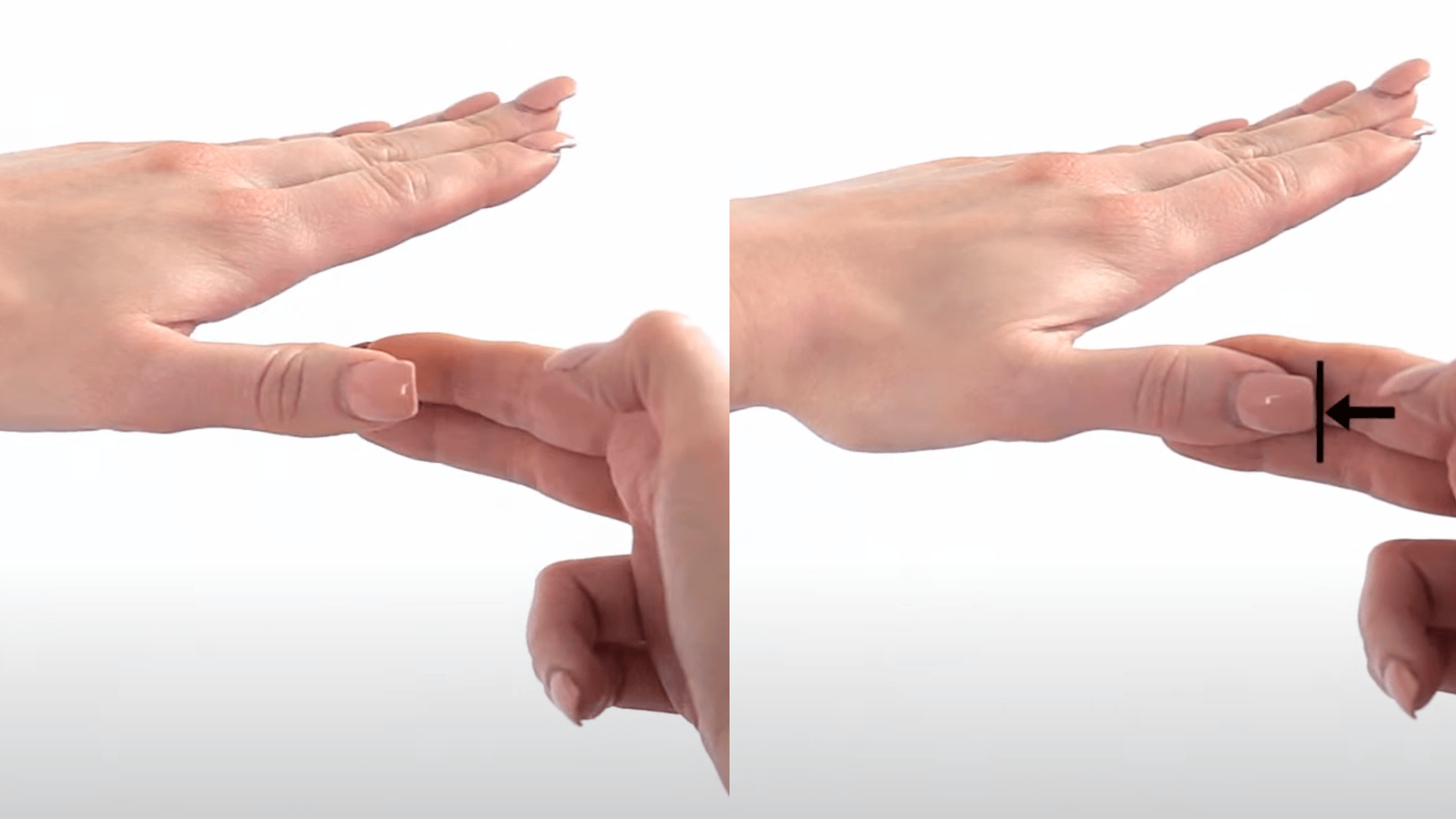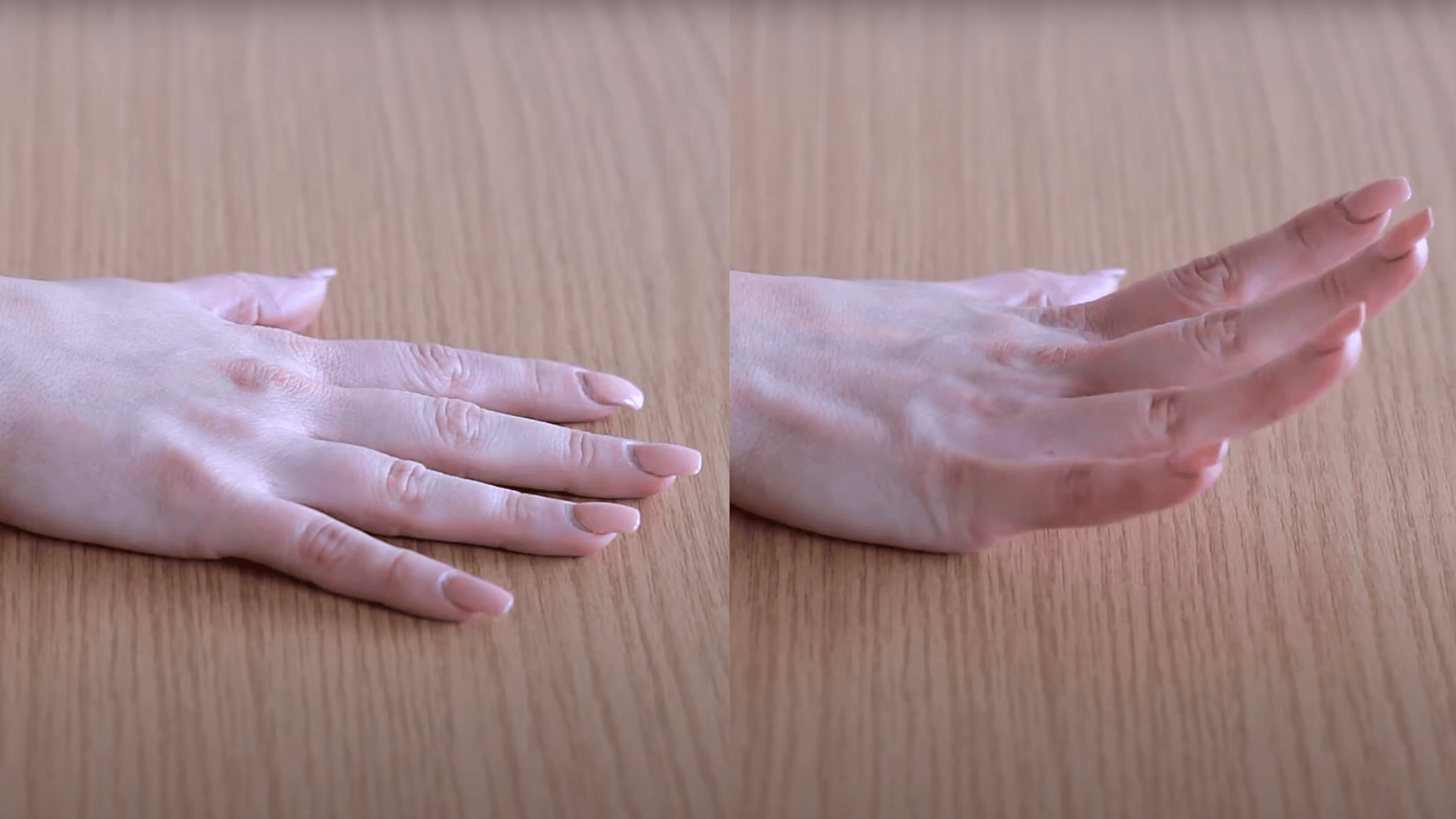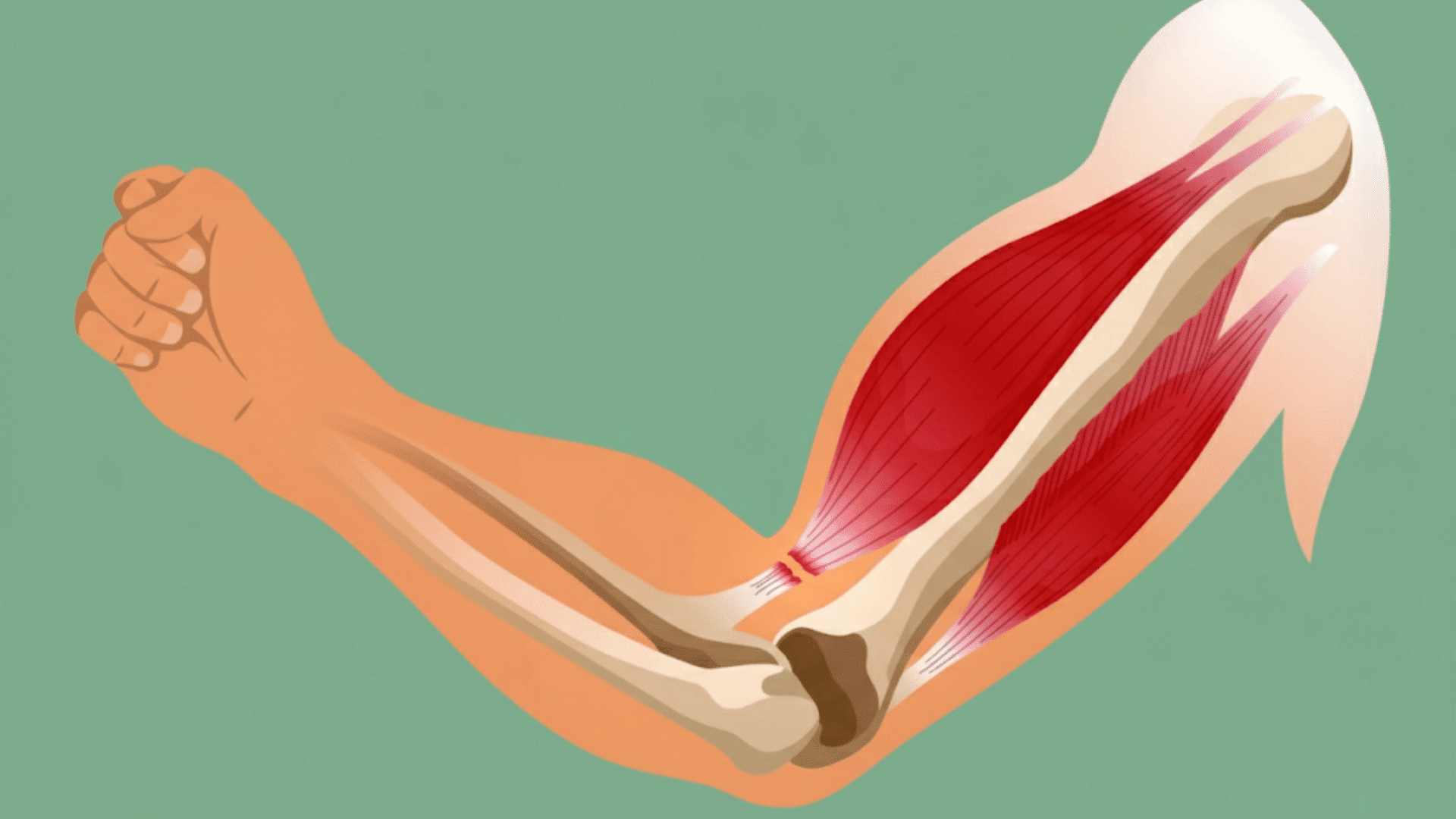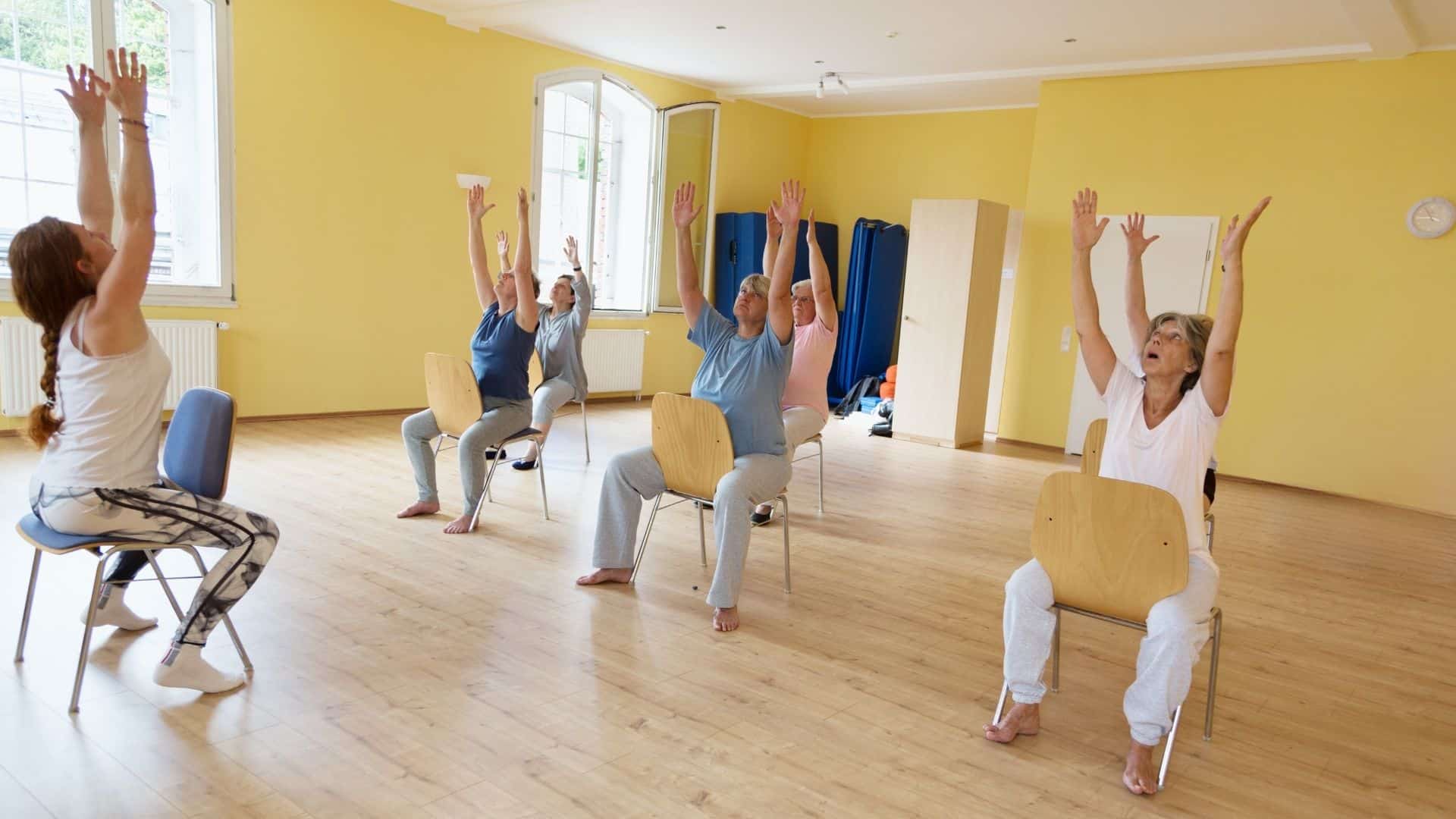You feel a frustrating catch or pop in your finger when you try to straighten it. This common condition, known as trigger finger, can make simple daily tasks difficult and even painful.
However, you can often find significant relief with a few simple physical exercises.
This article provides practical strategies and effective exercises to help alleviate your symptoms and improve hand function.
We’ll show you how to alleviate the discomfort and stiffness associated with the condition, helping you regain smooth movement in your hand.
Ultimately, knowing how to properly care for your fingers and thumbs is the first step toward living with less pain and more mobility.
What is Trigger Finger and Trigger Thumb?
Trigger finger and trigger thumb are conditions that make it hard to bend or straighten your fingers or thumb smoothly.
They happen when the tendons get swollen or irritated.
These tendons slide through tight tunnels called sheaths, but when the sheath narrows or the tendon swells, it can get stuck.
This causes your finger or thumb to catch, lock, or snap like a trigger being pulled and released. People often feel pain, stiffness, or a popping sensation, especially in the morning.
If left untreated, the finger or thumb can become stuck in a bent position that may only be straightened with the assistance of your other hand.
Trigger finger commonly affects the ring or middle finger, while trigger thumb affects the thumb.
Essential Trigger Finger and Thumb Exercises
These 9 simple exercises can help you manage the discomfort of trigger finger and improve hand movement. The key is to be gentle, working to reduce stiffness and help your tendons move more freely.
1. Finger Stretches
Place your hand on a flat surface.
One at a time, lift each finger, holding it up for a few seconds before lowering it.
This gentle stretch helps improve the flexibility of each digit.
2. Tendon Gliding Exercises
Start with a straight hand. Slowly make a hook fist by bending just the first two joints of your fingers.
Next, form a full fist, and finally, straighten your fingers again.
This series of movements helps the tendons glide smoothly.
3. Wrist Flexor Stretch
Lift your affected hand palm straight. Pull your fingers and wrist back toward you with your other hand.
Keep your arm extended with your elbow straight. Hold for a few seconds and then release.
4. Finger Spreads with Resistance
Loop a soft elastic band around your fingers and thumb. Slowly spread your fingers apart against the band’s resistance, then bring them back together.
This movement can help strengthen your fingers and improve joint health.
5. Thumb Bends
Use your other hand to slowly bend the top joint of your thumb toward your palm. Hold this position for a few seconds before straightening it back out. This helps loosen the stiff joints in your thumb.
6. Thumb Web Space Stretch
Hold your hand out with your thumb pointing away from your fingers.
Use your other hand to gently pull your thumb back to stretch the area between your thumb and index finger.
Hold the stretch, then slowly release.
7. Towel Roll Squeeze
Roll a small towel and hold it in your palm.
Squeeze it with your fingers and thumb, hold for a few seconds, then let go.
This exercise is great for building gentle grip strength.
8. Isometric Thumb Strengthening
Press your thumb against a solid surface, like a table or your other hand’s fingers, without actually moving it.
Hold the pressure for a few seconds, then relax.
This builds strength in your muscles and tendons without putting stress on them.
9. Finger Extension
Place your hand palm down on a flat surface. Gently lift all your fingers together off the surface as a single unit, keeping your palm flat.
Hold for a few seconds, then lower your fingers. This exercise helps to strengthen the extensor muscles in your hand.
Tips for Performing Exercises Safely and Effectively
To get the most out of your exercises and prevent worsening your symptoms, keep these important tips in mind.
- Start slowly and gently: Begin with careful, light movements to avoid putting too much stress on your tendons.
- Warm up your hands first: Soaking your hands in warm water or using a warm towel can help relax the muscles and tendons before you start.
- Avoid painful movements: If an exercise causes sharp pain, stop immediately and either rest or try a softer version of the movement.
- Keep your wrist neutral: A straight, relaxed wrist position helps prevent extra strain on the tendons in your hand.
- Avoid squeezing tools: Skip stress balls and other squeezing tools, as they can make symptoms worse.
- Stay consistent: Performing the exercises multiple times throughout the day can build flexibility and strength over time.
- Incorporate breaks and rest: Giving your hand time to recover is just as important as the exercises themselves to avoid inflammation.
Consult a professional
If your symptoms don't improve, it's a good idea to speak with a hand therapist or doctor for specialized advice.
Are There Other Treatments for Trigger Finger?
While physical exercises are a great way to manage trigger finger, other treatment options are available, ranging from non-invasive methods to more involved procedures, depending on the severity of the condition.
- Rest and activity modification: Avoiding activities that cause repetitive gripping or clenching can give the affected tendon time to recover.
- Splinting: Wearing a splint, especially at night, can help keep the finger in a straight, neutral position, which allows the tendon to rest and prevents it from catching.
- Medication: Over-the-counter anti-inflammatory drugs like ibuprofen can help reduce pain and swelling.
- Steroid injections: A doctor can inject a corticosteroid medication into the tendon sheath to reduce inflammation and allow the tendon to glide more freely. This is a very common and often effective treatment.
- Percutaneous release: This is a minimally invasive procedure where a doctor uses a needle to break up the thickened tissue that is blocking the tendon’s movement.
- Surgery: In more severe or persistent cases, a surgeon may perform a procedure to cut the A1 pulley, creating more space for the tendon to move without catching. This is typically a last resort when other treatments have not been successful.
Reference videos/shorts :
The Bottom Line
Ultimately, taking charge of your hand’s comfort and mobility is the goal.
By being consistent with the gentle exercises, you can help your tendons glide more smoothly, reduce stiffness, and regain function in your fingers and thumb.
If you’re still seeking an alternative solution, remember that other medical treatments are available. The key is to find what works best for you and your situation.
The right approach can make a significant difference in your daily life and help you get back to the things you enjoy doing.
If your symptoms persist, consider consulting a hand specialist to determine the next best course of action for you.
You can also leave a comment below and share your experience with others who are dealing with trigger finger.

